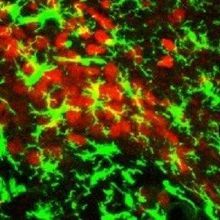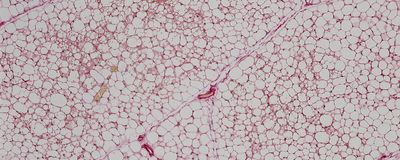energy expenditure

Sea Otters Demonstrate that There Is More to Muscle than Just Movement—It Can Also Bring the Heat
Traver Wright, Melinda Sheffield-Moore, and Randall Davis | Dec 13, 2021 | 4 min read
Sea otters are born with a supercharged metabolism that helps them stay warm in chilly waters.

Early Epigenetic Changes Regulate Voluntary Exercise in Mice: Study
Emma Yasinski | Dec 7, 2019 | 3 min read
Altering DNA methylation in a particular area of the hypothalamus halved the animals’ voluntary exercise as adults.

Metabolism Hits a Ceiling in Athletic Endurance Feats
Shawna Williams | Jun 5, 2019 | 5 min read
In long-distance, physically taxing events, the amount of energy athletes can expend appears to peak at about 2.5 times their metabolic resting rate—a maximum likely dictated by how many calories they can digest.

Study: Microglia Tied to Weight Gain in Mice
Aggie Mika | Jul 5, 2017 | 2 min read
Just by activating these immune cells in the brain, scientists could make mice eat more and burn fewer calories.
